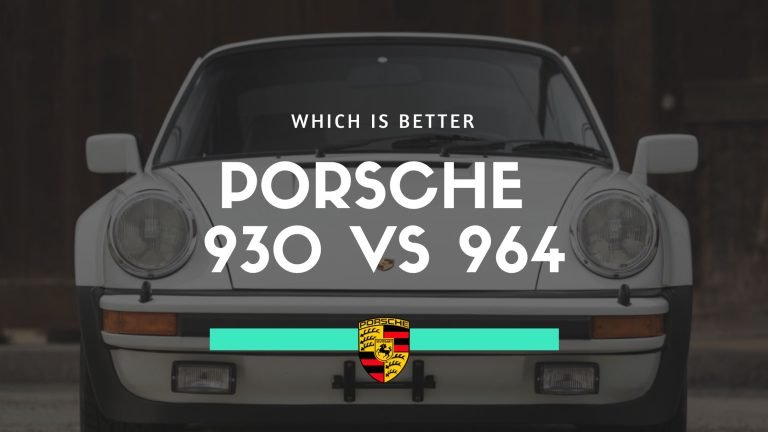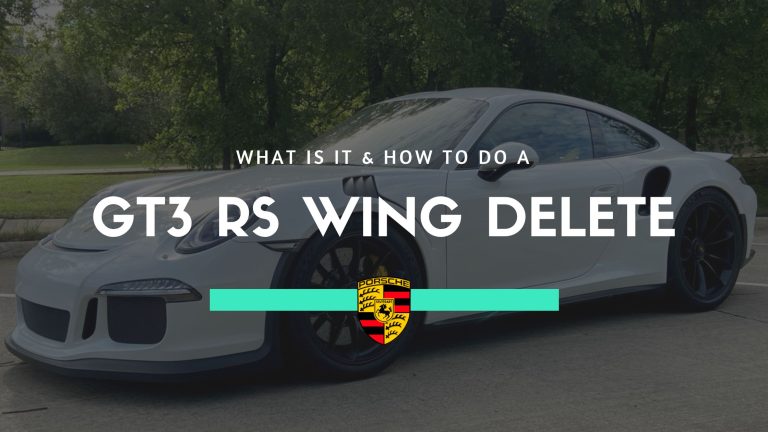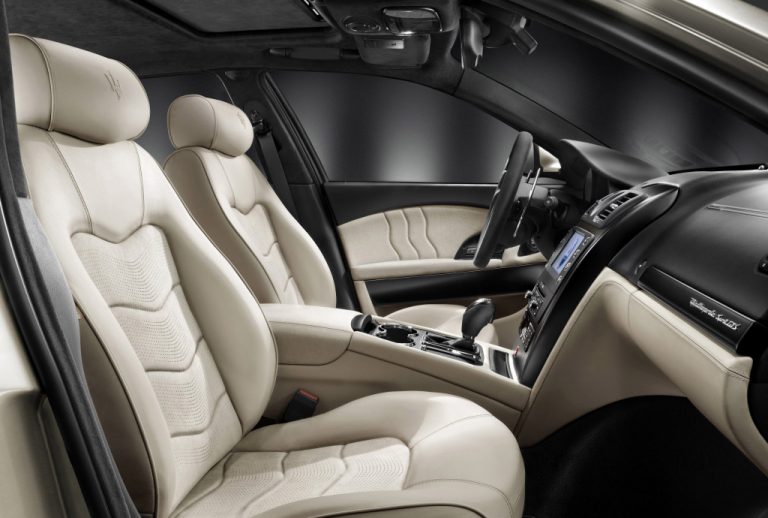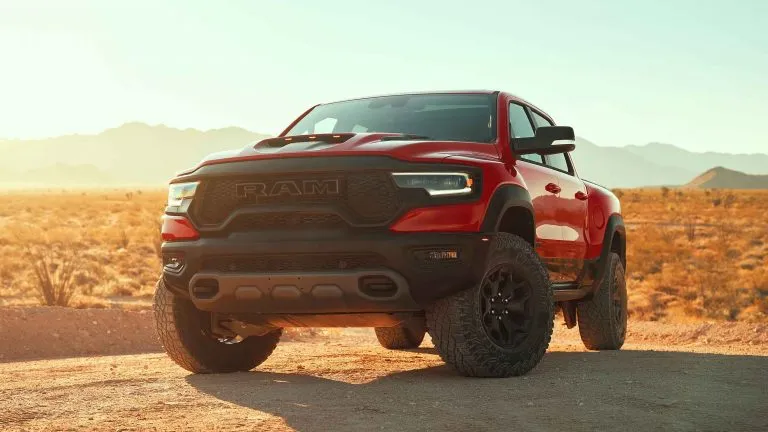Does Tesla Have Gears? Debunking Electric Car Myths
In the world of electric vehicles, Tesla has established itself as a leader, offering high-performance cars with innovative technology. One question that often comes up when discussing electric vehicles, particularly in the case of Tesla, is whether or not they have gears. Well, you may be surprised to learn that Tesla cars do have gears, but not in the traditional sense as seen in gasoline-powered vehicles. This distinction leads to a unique driving experience that sets Tesla apart from its competition.
Tesla vehicles primarily utilize a single-speed transmission, which manages the torque output from the electric motor to the wheels. This single gear makes driving feel seamless, as you’ll notice no shifting or interruptions in acceleration when compared to multi-speed transmissions found in conventional cars. This human-friendly setup allows for easier driving and a more enjoyable experience behind the wheel.
The secret to Tesla’s success with a single-gear system lies in optimization. Although they don’t have multiple gears, the company has designed their electric motors to effectively handle various driving conditions while maximizing efficiency. This allows Tesla vehicles to achieve impressive performance numbers despite the simplicity of their transmission design. Remember, in Tesla’s world, it’s all about innovation and optimizing for the best possible experience.
TLDR Summary
Are you curious about whether Teslas have gears or not? Good news, this summary will clear things up for you. To keep it simple, Teslas don’t have a traditional gearbox like most vehicles. Instead, all Tesla models have just one gear. Let’s dive a little deeper to understand why.
Teslas are electric cars, which means they don’t have an internal combustion engine like traditional vehicles. These electric motors have only about 17 moving parts, compared to around 200 in a conventional engine. This simplicity is part of what allows Teslas to perform so efficiently.
The single-speed “transmission” in Teslas doesn’t require gears to turn. The reason behind this is because electric motors have a broad range of speed and torque, allowing them to work effectively without the need for multiple gears. So, unlike traditional vehicles that shift gears to adjust power and speed, Teslas can maintain peak performance with just a single gear ratio.
To sum it up, Teslas don’t have traditional gears or a gearbox. Instead, they have a highly optimized single-speed transmission that works seamlessly with the electric motor’s capabilities. This design helps ensure smooth, responsive driving performance while maintaining energy efficiency.
Tesla and Electric Vehicles
Electric Motor Vs Internal Combustion Engine
Electric vehicles, like Teslas, run on electric motors instead of traditional internal combustion engines. While internal combustion engines have numerous moving parts, averaging around 200, electric motors are much simpler, with only about 17 moving parts. This simplicity results in less need for maintenance and fewer chances for failure.
With Tesla cars, there’s no need to change gears manually like you would with a gasoline-powered vehicle. Teslas feature a single-speed “transmission” that eliminates the need to switch between gears as you accelerate. Electric motors can rev up to 20,000 RPM, much higher than the 4,000-6,000 RPM you typically see with an internal combustion engine.
Efficiency and Range
Tesla electric vehicles are known for being very efficient. The single-speed transmission helps maximize efficiency by optimizing the gear ratio, giving you optimal power and speed without needing to switch gears. This, together with advances in battery technology, allows Teslas to achieve impressive ranges on a single charge. The Model S, for example, can travel up to 396 miles on a single charge.
When compared to conventional cars with internal combustion engines, electric vehicles like Teslas often have lower energy consumption and higher range per unit of energy. This means you can travel longer distances without worrying about running out of battery or stopping for fuel.
Environmental Impact
Environmental benefits are a big part of the appeal of electric cars like Teslas. Since they use electricity rather than gasoline, they produce zero direct emissions, reducing air pollution and contributing to better air quality. It is important to remember that the source of the electricity still matters. To have the smallest environmental impact, your Tesla should be charged with electricity from renewable energy sources like solar or wind power.
Another aspect to consider is that electric cars contribute less to noise pollution. Tesla’s electric motors are significantly quieter than internal combustion engines, making for a more enjoyable and quieter driving experience.
In summary, Teslas and other electric vehicles offer numerous benefits over traditional cars with internal combustion engines. Their efficient electric motors, single-speed transmissions, and environmental advantages all add to their appeal.
Transmission in Tesla Cars
Single-Speed Transmission
When it comes to transmission, Tesla cars are quite different from traditional vehicles. Unlike regular cars with multiple gears, all Tesla models have a single-speed transmission. You might be thinking, “How is it possible for a car with only one gear to deliver such impressive performance?” Well, the reason lies in the electric motors that power these vehicles. Unlike internal combustion engines, electric motors provide instant torque, allowing Teslas to accelerate rapidly without needing multiple gears to shift through.
Torque and Power
The electric motors in Tesla cars generate 100% of their torque at very low speeds. This means that as soon as you step on the accelerator, you get the full power of the motor, which translates into swift acceleration. In contrast, internal combustion engines need to rev up to generate torque, so they require multiple gears to cover the entire speed range. With electric motors, the need for a multi-gear transmission is eliminated, resulting in a more efficient driving experience.
Reverse Gear
You might be curious about how Teslas handle reversing without a separate reverse gear. It’s quite simple, actually. The electric motor can spin in both directions. So, when you want to move your Tesla in reverse, the motor simply changes the direction in which it’s spinning. This eliminates the need for a separate reverse gear, keeping the transmission system straightforward and efficient.
So, now you understand how Teslas manage to perform exceptionally well with just a single-speed transmission. It’s all thanks to the electric motors that make it possible to deliver power and torque smoothly and efficiently. Enjoy driving your Tesla, knowing that it offers both unparalleled performance and simplicity in its design!
Comparing Transmissions
Manual Transmission
When you’re driving a vehicle with a manual transmission, you have full control over the gear shifting process. You push the clutch pedal and shift the gears using a stick. This gives you more freedom to choose the perfect gear ratio for your driving conditions, with some typical vehicles offering five to six gears ratios. In this transmission system, you need to match the car’s engine speed with the desired gear ratio, which can affect fuel economy and performance.
Automatic Transmission
On the other hand, driving a vehicle with an automatic transmission means the vehicle takes care of shifting gears for you. You don’t need to worry about the clutch or shifting gears. The gearbox in an automatic vehicle typically has several gear ratios, allowing the car to optimize its performance for different driving conditions. Modern automatic transmissions are often more fuel-efficient and smoother than their manual counterparts, thanks to advanced technology that constantly adapts to your driving style.
CVT
A Continuous Variable Transmission (CVT) is a type of automatic transmission that uses a system of pulleys and belts to provide a seamless range of gear ratios, instead of the fixed gear ratios found in manual and traditional automatic transmissions. The goal of a CVT system is to ensure the engine operates at the most efficient speed, regardless of your vehicle’s actual speed. This efficiency can lead to improved fuel economy and smoother driving experience.
Now, let’s talk about Tesla vehicles. Unlike traditional internal combustion engine vehicles, which require manual, automatic, or CVT transmissions to transfer the engine’s power to the wheels, Tesla vehicles utilize electric motors. These electric motors produce a wide range of power and torque, allowing Tesla vehicles to accelerate smoothly without the need for multiple gears.
All Tesla models have a simple one-speed transmission that transfers power from the electric motor to the wheels. This system is much less complex than standard transmissions, with only around 17 moving parts compared to the 200 found in a conventional internal combustion engine. Since electric motors provide instant torque from a standstill and don’t require a sweet spot of power like ICE vehicles, a single-speed transmission is sufficient for Tesla’s needs.
This single-speed transmission makes Tesla vehicles easier to drive and maintain, as there’s no need to shift gears and worry about clutches or wear and tear on multiple gear ratios. It also means that you can enjoy the smooth, instant torque of an electric motor, without the complications of traditional transmission systems.
Driving Experience
Acceleration and Performance
When it comes to driving a Tesla, you’ll notice a difference in acceleration and performance compared to traditional gasoline-powered cars. Since Teslas run on electric motors, they generate 100% of their torque at very low speeds, providing fast and powerful acceleration. With a single-speed automatic transmission, there’s no need to shift gears, as electric motors don’t require multiple gears like an internal combustion engine does.
This unique driving experience results in smoother acceleration, making trips both enjoyable and efficient. Plus, the Tesla’s ability to quickly pick up speed is great for highway driving as well as urban settings.
Regenerative Braking
Another key aspect of driving a Tesla is the regenerative braking system. This feature captures the kinetic energy typically lost while decelerating and converts it back into electricity, which is then stored in the car’s battery. As you ease off the accelerator pedal, the regenerative braking system kicks in and slows the vehicle down by using the electric motor as a generator.
The benefits of regenerative braking include:
- Extended range: The recovered energy helps extend your Tesla’s driving range.
- Reduced wear on brakes: With regenerative braking, the traditional brake system is used less, leading to less wear and tear.
- Enhanced battery life: Using regenerative braking can increase the life of your Tesla’s battery.
Embracing this technology not only makes driving a Tesla more environmentally friendly but also contributes to a smoother and more efficient ride. As you get used to driving your Tesla, you’ll appreciate how regenerative braking enhances your overall experience behind the wheel.
Maintenance and Reliability
Less Moving Parts
When it comes to maintenance, Tesla vehicles have a significant advantage over traditional gas-powered cars. Because they use electric motors, Tesla cars have fewer moving parts. This means that there are less components that could potentially wear out or break down. For example, there’s no need to worry about transmission, differential, or timing belt issues in a Tesla.
Of course, fewer moving parts also contribute to better reliability. With less potential for things to go wrong, you can expect a Tesla vehicle to be more dependable in the long run.
Battery and Cooling System
The battery pack is a key component in any electric vehicle, and Tesla cars are no exception. While the longevity of a Tesla battery can vary depending on usage, most owners report that their battery pack performance remains strong even after several years. To keep the battery in optimal condition, it is very important to follow Tesla’s recommended charging guidelines.
Another essential aspect of maintaining your Tesla involves the cooling system. The cooling system is responsible for regulating the temperature of both the battery and the electric motor. This helps to ensure that the vehicle operates efficiently and avoids excessive heat that could damage critical components. It is a good idea to periodically check your Tesla’s coolant levels and ensure that the system is functioning properly.
Here are some additional maintenance tips to keep your Tesla running smoothly:
- Replace the cabin air filter every 2 years for Model 3 and Model Y, and every 3 years for Model S and Model X.
- Monitor your tire pressure and rotate your tires regularly to ensure even wear and optimize the performance.
- Keep your software up-to-date, as Tesla frequently releases updates that optimize performance and address any possible issues.
By properly maintaining your Tesla, you can help ensure its long-term reliability, making your investment in electric transportation even more worthwhile.
Future Potential and Challenges
Electric Trucks and Commercial Vehicles
In the coming years, you might see more electric trucks and commercial vehicles on the road, like Tesla’s Cybertruck, which offers great potential for reducing emissions. These vehicles will not only help protect the environment but also save on fuel costs for businesses. Keep in mind that electric trucks will have electric powertrains, meaning no gears since electric engines do not require different gear ratios like traditional cars.
Advancements in Technology
One thing that makes Tesla cars stand out is their advanced technology. With improvements in rechargeable batteries and more efficient electric engines, electric vehicles (EVs) are steadily becoming the norm. The innovative drivetrain of Tesla cars does away with the need for gears, making the driving experience smooth and straightforward. In the future, you can expect new advancements to make EVs even more accessible and convenient, such as faster charging and greater range.
Pricing and Market Adaptation
While Tesla cars are known for their luxury and cutting-edge technology, they may still face obstacles in terms of pricing. As more manufacturers develop electric and hybrid vehicles, consumers will have more options to choose from, adn prices are likely to become more competitive.
To successfully adapt to the market, Tesla will need to continue focusing on creating affordable electric vehicles. This will broaden their customer base and further establish EVs as a viable alternative to traditional fuel-powered cars. But remember, even with these challenges, Tesla’s unique approach to electric vehicles and technology is changing the automotive industry for the better.






